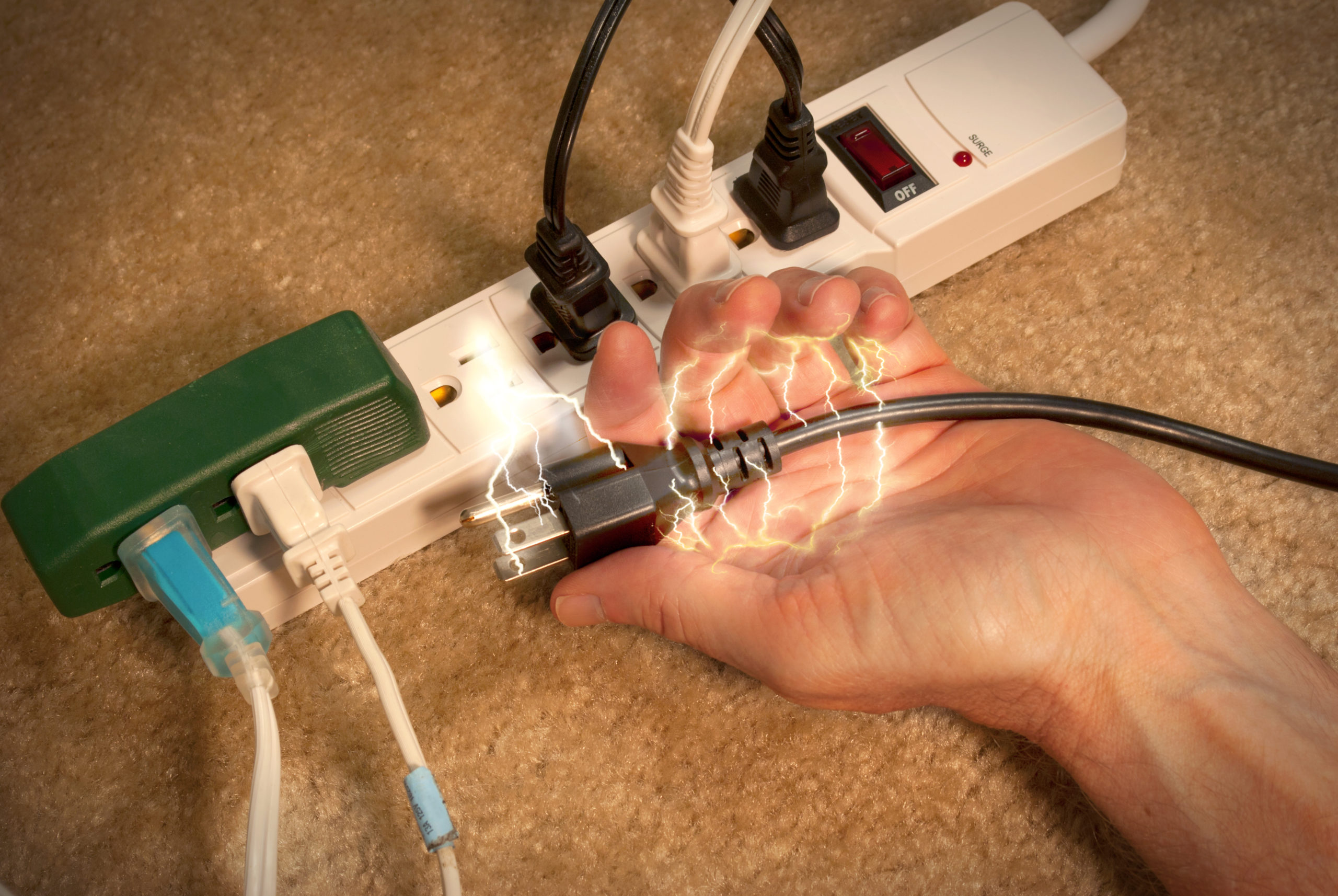
Electric Shock Injuries
All too often, electric shock injuries happen in the workplace, particularly within the construction and electrical industries. These injuries can happen any time there is direct contact made with any source of electricity and can cause excruciating damages to the person who has been shocked. The first thing you may think of when electric shock comes to mind is serious burns; however, these shocks can cause serious internal damage that can follow a worker throughout their lifetime. These accidents happen widely due to accidental contact with exposed parts of electrical wiring, flashing of electric arcs from high-voltage power lines, lightning, or machinery. The unfortunate fact is that there are high amputation rates for victims who experience electrical contact, sometimes up to 75%. These injuries can be extremely excruciating and even traumatizing, keeping a worker from returning to the workplace for years to come.
Injuries Caused by Electric Shock
The human body conducts electricity, which means it passes through easily, resulting in serious injuries or death in many cases. Here are some of the damages that you may sustain if you have been involved in an electric shock-related accident:
- Burns: Voltage levels of up to 500 or 1,000 volts can cause internal burns, both on an extensive and deep level. Damages that ensue are usually caused when the tissue heats.
- Heart Injury: If the current has a direct pathway to the heart, fibrillation may result. This can be lethal because the heart muscles move independently instead of coordinated, which means that it cannot properly pump blood or maintain circulation.
- Neurological Effects: Severe electric shock can cause neuropathy, which interferes with the heart and lungs.
- Arc-Flash: Heat produced may cause severe burns, break bones, and even damage internal organs.
The truth of the matter is: Many electric shock victims are faced with long-term disabilities. They may experience muscular pain, discomfort, fatigue, problems with balance and coordination, problems concentrating, and memory issues for the rest of their lives. Looking at the statistics between 1992 and 2002, there were approximately 3,378 workers who died from electrical injuries in the workplace – which stands for 4.7% of all occupational deaths.
Negligence in Electric Shock Cases
If you have been injured in the workplace due to an electrical shock injury, you may find fault in your employer for not providing safety equipment to you. For instance, you should always be provided with rubber insulating gloves that are stored away from heat and sunlight, as well as constantly being inspected for punctures or tears. It is also the employer’s responsibility to adequately train you about how to prevent injuries, how electric shock occurs, and the requirements for proper protection while on the job.
Let’s consider a situation where the electric shock was actually attributed to a faulty product used in the workplace. If this was the case, fault may fall onto a manufacturer, distributor, wholesaler, or retailer. In this case, it will become an issue of product liability. The manufacturer must have known that a shock injury was possible through the use of this product and avoided it.
If you have been injured in the workplace due to electric shock, you may have sustained serious or life-threatening injuries that forever changed your life. If this is the case, you need an experienced personal injury attorney on your side throughout the process. Call us today at Maggiano, DiGirolamo & Lizzi to speak to an attorney who can help you.
















